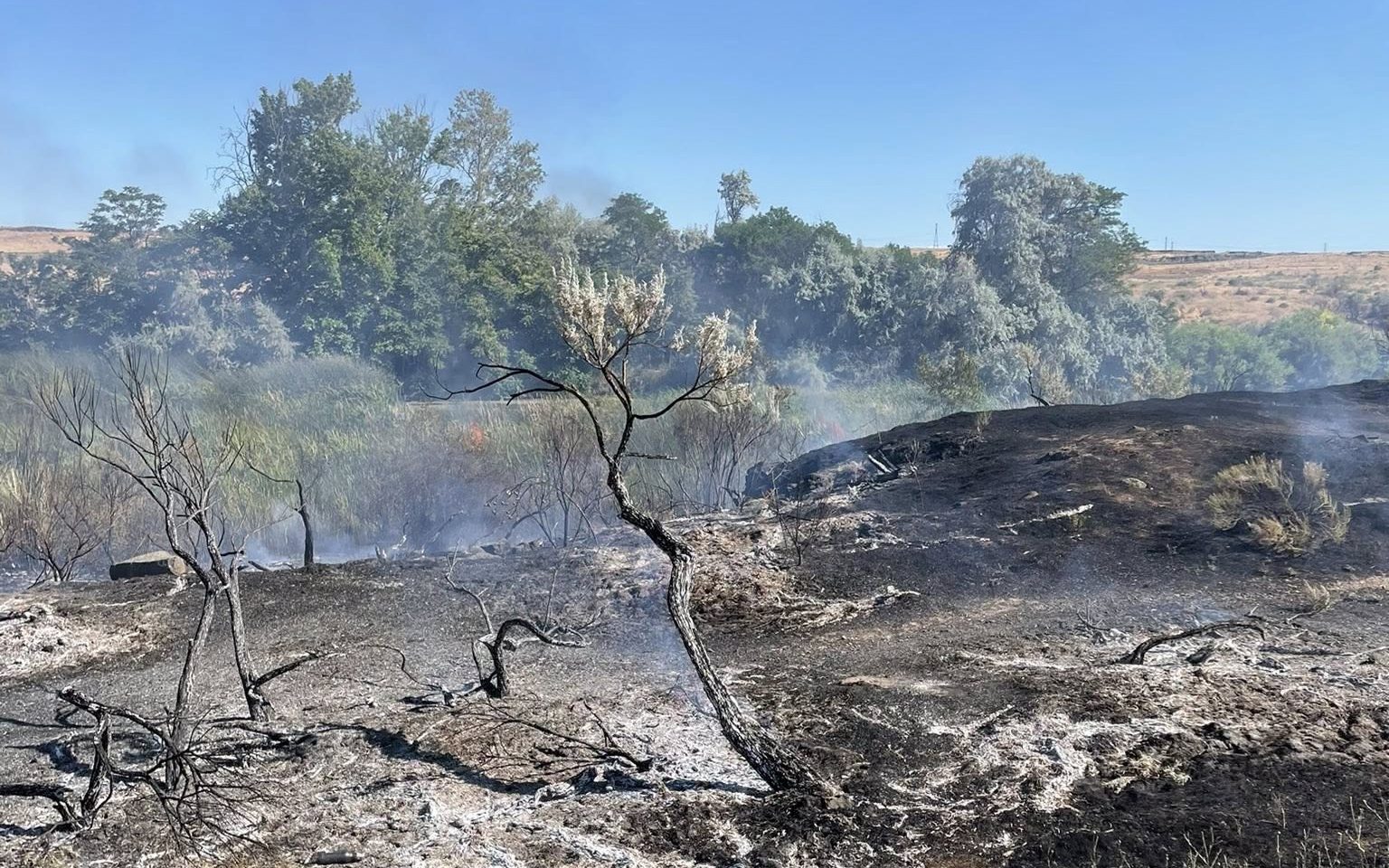Editor’s desk: Protecting children starts at home
Published 5:00 am Wednesday, August 26, 2020
The evils of human trafficking and child abuse have seen increased attention in recent weeks, including a march in Hermiston last weekend to raise awareness of the issue.
Increased awareness of such problems is good, because myths and misconceptions abound.
I frequently see posts online cautioning women that sex traffickers are using tactics, such as placing a flier on their windshield while they are in the grocery store, so that kidnappers can nab them when they remove the paper. While it is always good to take safety precautions against kidnapping, the truth is that few victims of human trafficking are forced into a van in a busy parking lot. Instead, traffickers often lure people in through tactics, such as a false romantic relationship, an offer of a modeling contract or job.
In the documentary “Chosen,” one sex trafficking survivor tells of how as a teenager she felt flattered by the attentions of a man in his twenties. Eventually, she lied to her parents about a sleepover to in order to spend the weekend with her “boyfriend” and he convinced her to do him a huge favor by dancing a night at a strip club to make the money he supposedly needed to pay his rent the next day. He used photos from the night to blackmail her.
Polaris, the nonprofit that runs the the U.S. Human Trafficking National Hotline, states on its website that the most pervasive myth about human trafficking is that traffickers use physical force to kidnap their victims.
“In reality, most traffickers use psychological means such as tricking, defrauding, manipulating or threatening victims into providing commercial sex or exploitative labor,” it states.
Such predators used to have to hang out at malls or parks to build a relationship with their victims, but these days the internet provides easy access into almost every home in America. And unfortunately, many parents are unaware of large portions of their child’s online life.
Police have the ability to retrieve photos and messages from phones after they have already been deleted, and last year, when I interviewed Umatilla County Sheriff’s Office Detective Kasey Ward about online safety, he told me that parents are often shocked to learn what files or browsing history he retrieved from their child’s phone in the course of an investigation.
Some parents don’t check their child’s phone, but others thought they were doing a good job of checking up on their child. Their teen was two steps ahead of them though — using apps like Snapchat that delete photo messages after a few seconds, using incognito mode on their web browser or using messaging apps meant to fool parents by appearing to be something innocuous like a calculator.
Having conversations with your child about online safety is vital. A friend recently had to have that conversation with a child in her family, letting him know the “12-year-old girl” she discovered was asking him for explicit photos through the video game Fortnite may not be 12 or a girl.
Just as crucially, it is important to remember that unfortunately the vast majority of all sexual abuse cases come not from strangers met online, but from people that the child (and their parents) know and trust. Conversations about appropriate touching, consent, and talking to you about anything that doesn’t feel right are as important as conversations about the fact that once you hit “send” on a photo or video you have no control over where it might show up next.
These aren’t easy conversations to have, but solving the world’s problems usually starts at home.







